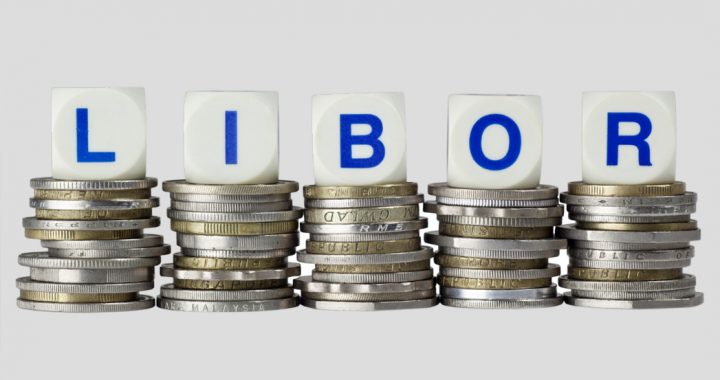An interest rate floor is an agreed upon rate in the lower range of rates associated with a floating rate loan product.
Libor floor on bank loans.
For loans directly funded by wholesale unsecured markets which should be relatively few these risks could in principle be compensated by adding on a fixed margin.
Banks are looking to add so called libor floors to their deals involving a revolving credit facility and term loan a known as a pro rata tranche banking sources said.
The prevalence of these libor floors in investment grade credit facilities is rising quickly in today s capital markets.
Collateralized loan obligations clos are the largest investors in the us 1 2trn us leveraged loan market and in the aftermath of the financial crisis libor floors helped boost equity returns.
This meant that if three month libor stayed below 80 basis points.
13 these changes would also mitigate consequences from episodes of which we have seen three over the past five years in which libor increases 40 60 basis points relative to risk.
Today most loans offer a 1 libor floor and the 3 month libor rate stands at 0 25 meaning a loan with a libor floor gives investors a yield base that s three quarters of a percentage point.
Interest rates may now be on the rise and three month libor was at 0 62 percent as of jan.
Many borrowers might view that libor floor to be a relatively minor concession until they consider the present value of replicating the same loan without the floor.
When the benchmark rate crosses floor levels loans will again be true floating rate instruments.
The london interbank offered rate libor is a benchmark interest rate at which major global banks lend to one another in the international interbank market for short term loans.

